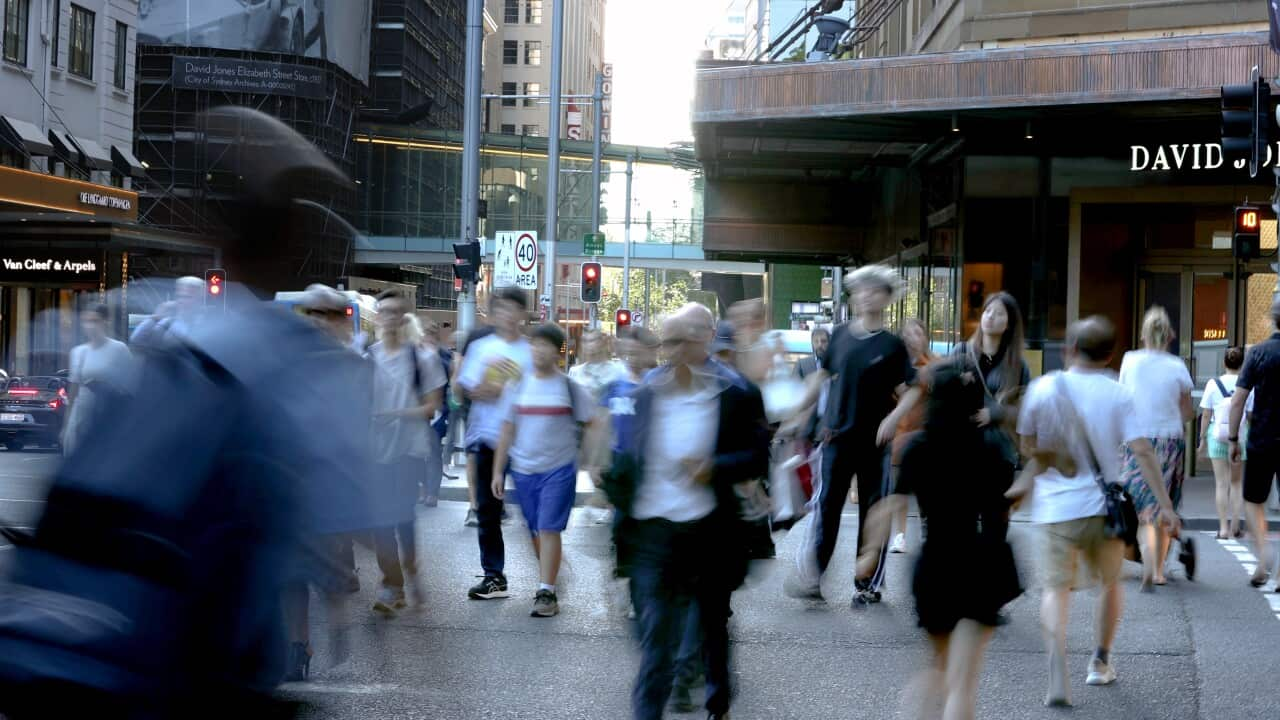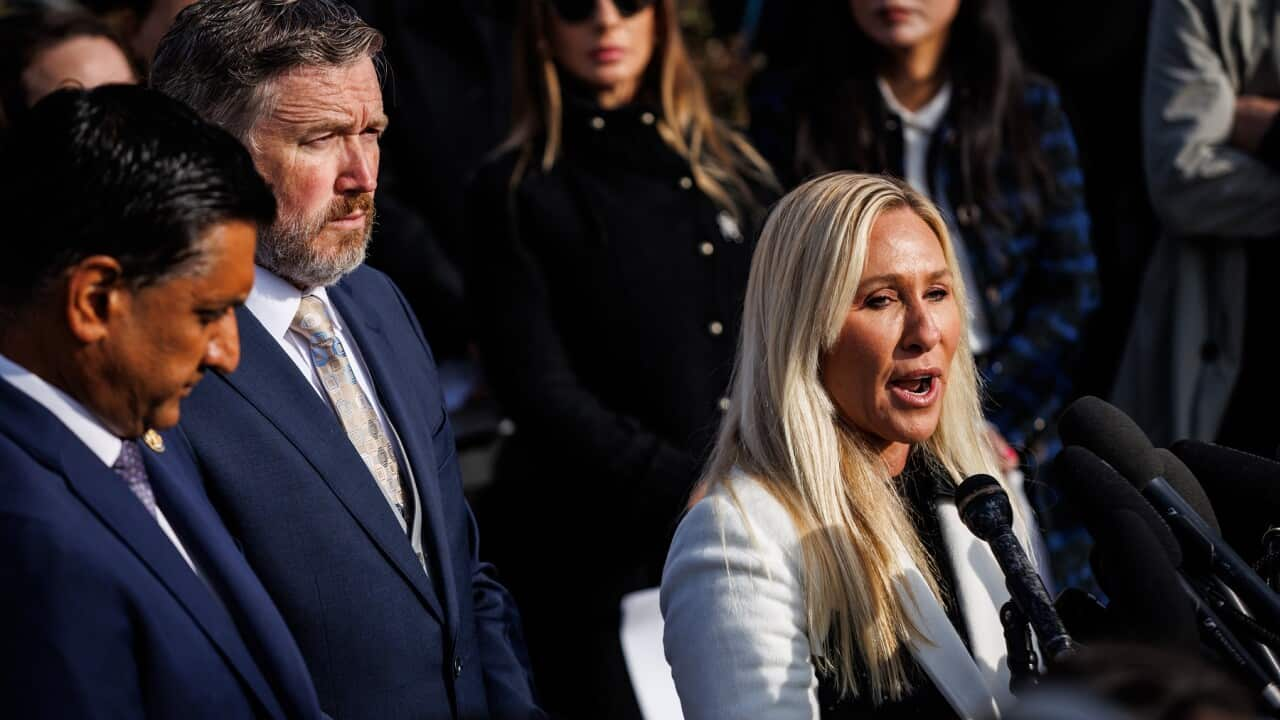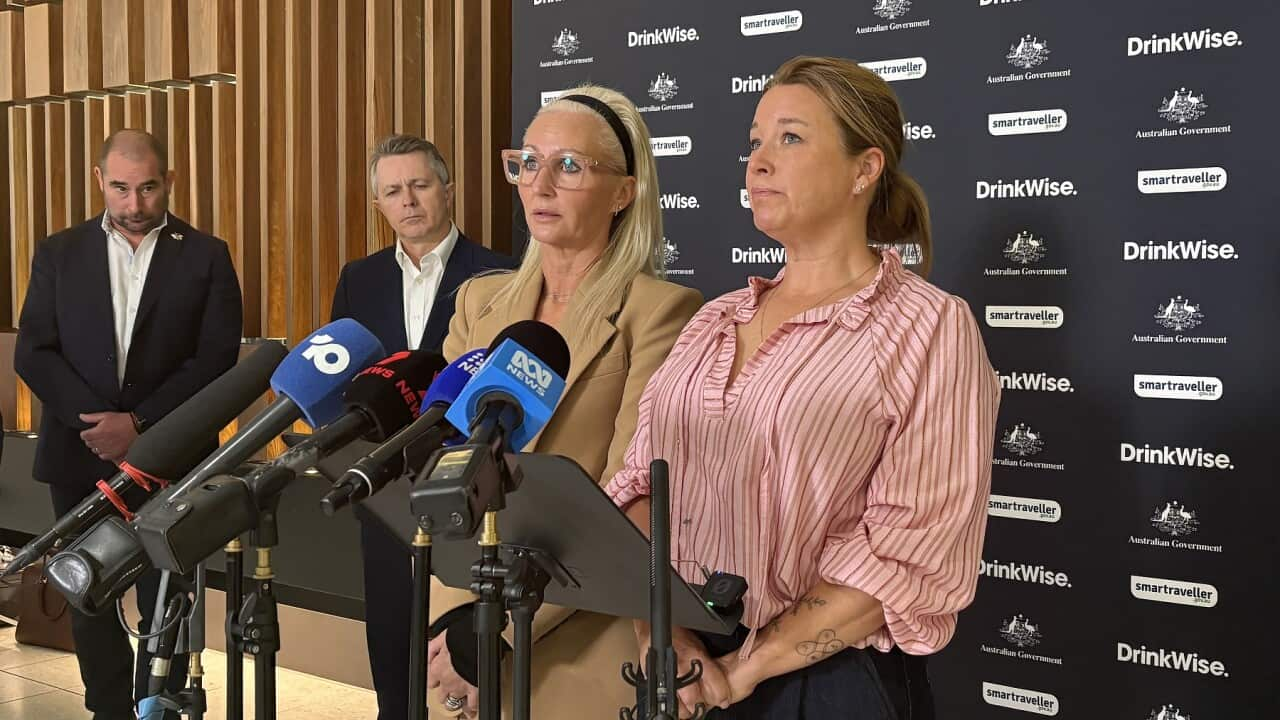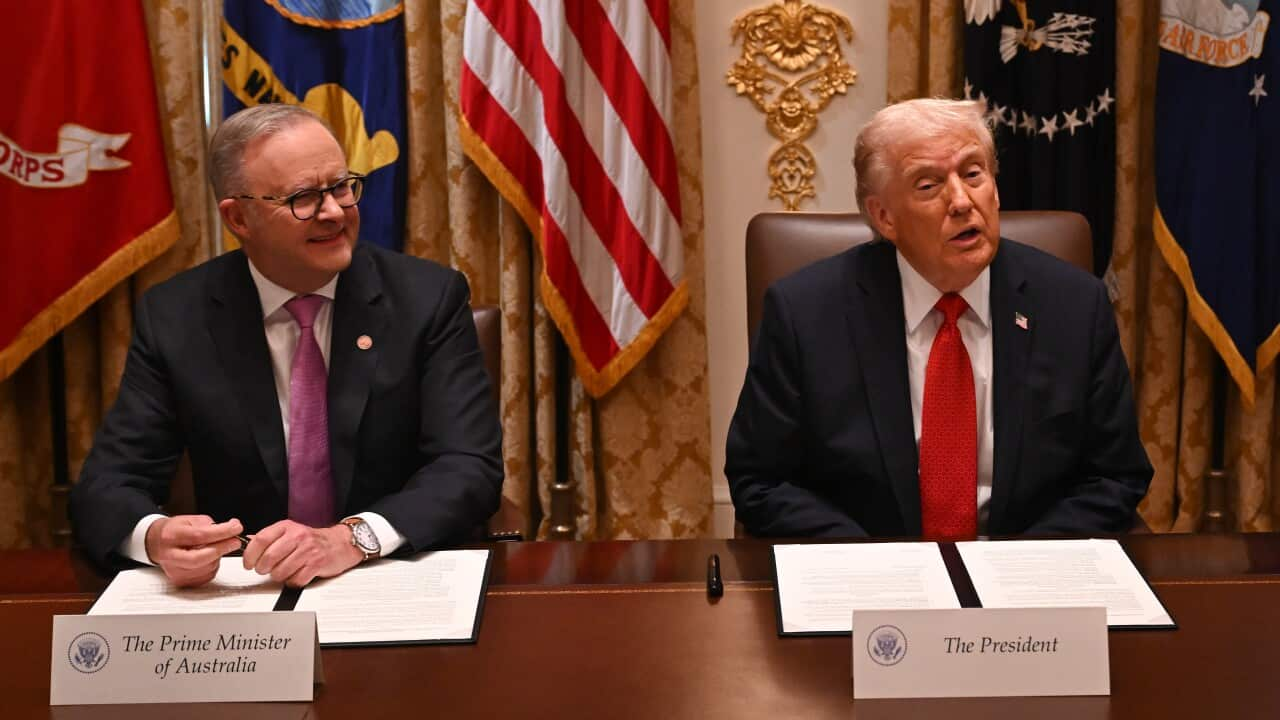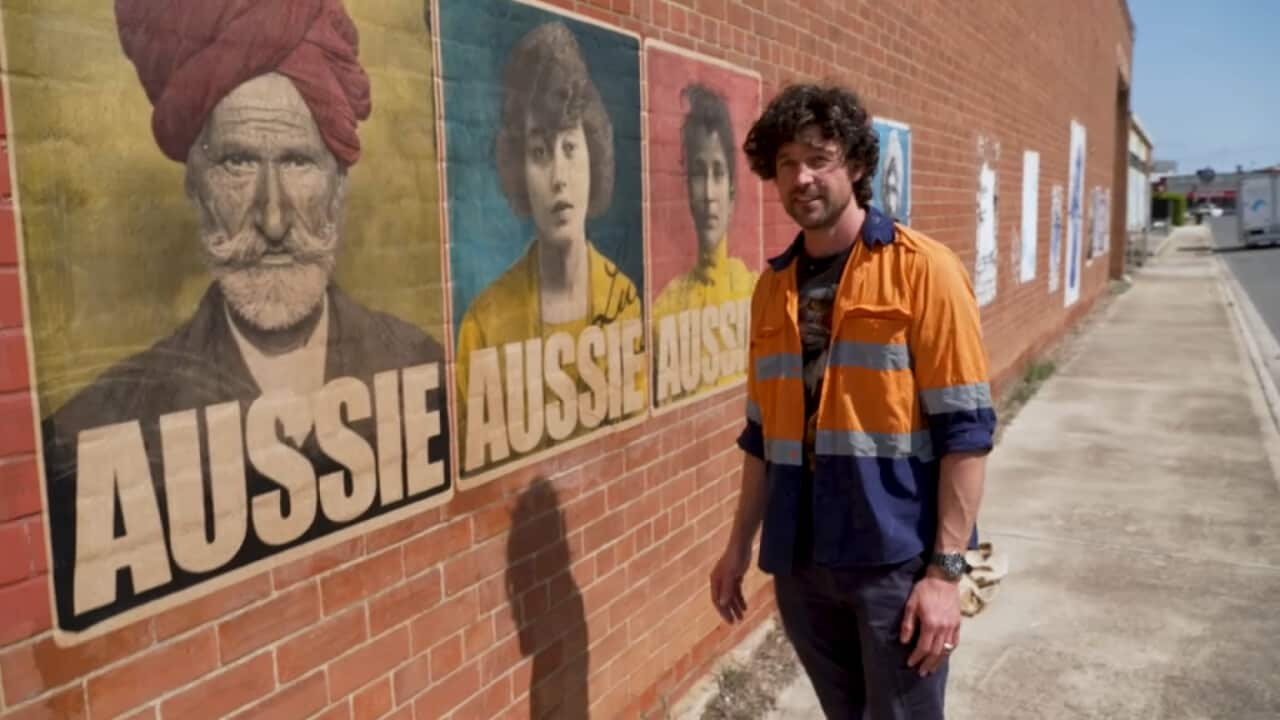If you listen to the government, Australia's having a workforce boom.
Here's Treasurer Jim Chalmers.
"Inflation is moderating, wages are growing. We've had two consecutive quarters of real wage growth. We've got unemployment with a three in front of it. 620,000 jobs have been created on our watch. We've got record participation in the labor market. We've got the first surplus in 15 years and a much stronger budget position, saving tens of billions of dollars in debt and debt interest."
Treasury figures show unemployment is at a 50-year low of 3.6 per cent, while long-term unemployment is at its lowest since 2008.
That figure measures people who've been out of work for a year or more.
But the latest Jobs Availability Snapshot released by Anglicare [[on 7 Dec]] paints a more complicated picture.
Anglicare CEO Kasy Chambers says it's the same people who continue to be locked out of the workforce.
"Why we do this report is just to pull back the blanket, if you like, and find out what's underneath that headline unemployment figure. And what we can see is no matter how strong the economy is and how low the headline unemployment figure is, there's a group of Australians who are being left behind in this conversation, who have extra barriers to them getting into the workforce, and for whom the community is not finding those jobs and is not paying a very strong level of income support."
This year's report shows there are almost 560,000 Australians who have been looking for work for more than four years.
Often, they are people with additional barriers to entering the workforce - people with disabilities, those who haven't finished high school, older people, and migrants without previous work experience in Australia.
For every entry-level job, there are 26 people out of work.
Ms Chambers says not enough is being done to create jobs for those 25 people who miss out each time an entry-level job is filled.
And she argues the true scale of unemployment and under-employment is concealed by how they are measured.
"If you have worked for two hours in the previous six months you are not counted as unemployed, so it is a very very low count, so that's what gets us to such a low level. For example, if somebody works in their uncle's shop for a couple of hours doing the stock-take for Christmas, it means they're not counted as unemployed for the next few months, and that really is not employed. That's not going to pay the rent. So these figures - it's worth digging behind them because the unemployment rate is really much higher than ever it looks."
Long-term unemployment often entrenches poverty because, Ms Chambers says, the Centrelink benefit is intended as a temporary measure.
"The current level of jobseeker is so low, it is 346 dollars a week for a single person. That's not going to pay the rent, it doesn't buy nutritious food, it doesn't get you a regular haircut, it doesn't get you interview-ready clothes. It actually becomes a barrier to getting employment."
The longer you are out of the workforce, the less likely you are to get work.
And the implications are not only financial.
"If you haven't got the money to pop down to the shops and have a coffee with people on a Friday morning catch-up, or you haven't got the money to buy your children a Christmas present - these are big issues about how you can contribute to and participate in society. People we work with, who find it difficult to find work, they want work, they want to participate and they want to contribute, and it's our role as a society to make sure that can happen."
Catherine Scarth is the CEO of AMES Australia, an organisation focused on helping newcomers to Australia settle, learn English, and find work.
Migrants often face specific challenges related to language and to having previous skills and experience recognised in Australia.
"Many newcomers have extensive work experience but not in Australia, so it's a particular barrier, I suppose. And generally the lack of networks as well, which can impact a whole broad range of people who are long-term unemployed. But particularly, again, migrant and refugee communities don't have the same networks that many born here have. And so that in itself is a barrier because often jobs aren't advertised, it's about who you know."
In addition to the work AMES does helping newcomers with practical skills like resume-writing, the organisation also works with employers to connect them with job seekers through mentor programs and expos.
Ms Scarth says it's essential employers understand how to make their recruitment processes more accessible.
"Often employers have an online-only entry into the job market, and obviously someone with lower levels of English - or just not used to those ways of finding work - struggle, and so they kind of count people out before they even get a chance to demonstrate their skills or experience or whatever. So working with employers to say, particularly in a tight labour market, you need to think of other ways. Where you advertise, how you connect to communities, and bring people in."
Ms Scarth also wants to see continuous skills development through vocational education and training and work placements.
"Even if people have come with few skills, (it's important) that we don't only focus on getting people into that first job and then kind of leave them to it. We really want everybody to be able to build their skills and progress into better jobs, to get onto the ladder where there'll be good career progression and better jobs with better pay. We don't want people languishing in low-paid, low-skilled work."
While community programs like AMES can assist job seekers to find work, Anglicare CEO Kasy Chambers says the government needs to raise income support to help people while they're unemployed.
"We can do that, it would cost much less, much less, over ten years than it would cost us to put the stage three tax cuts in place. And that would also raise 840,000 Australian children out of poverty, who have a parent who's living on income support."
